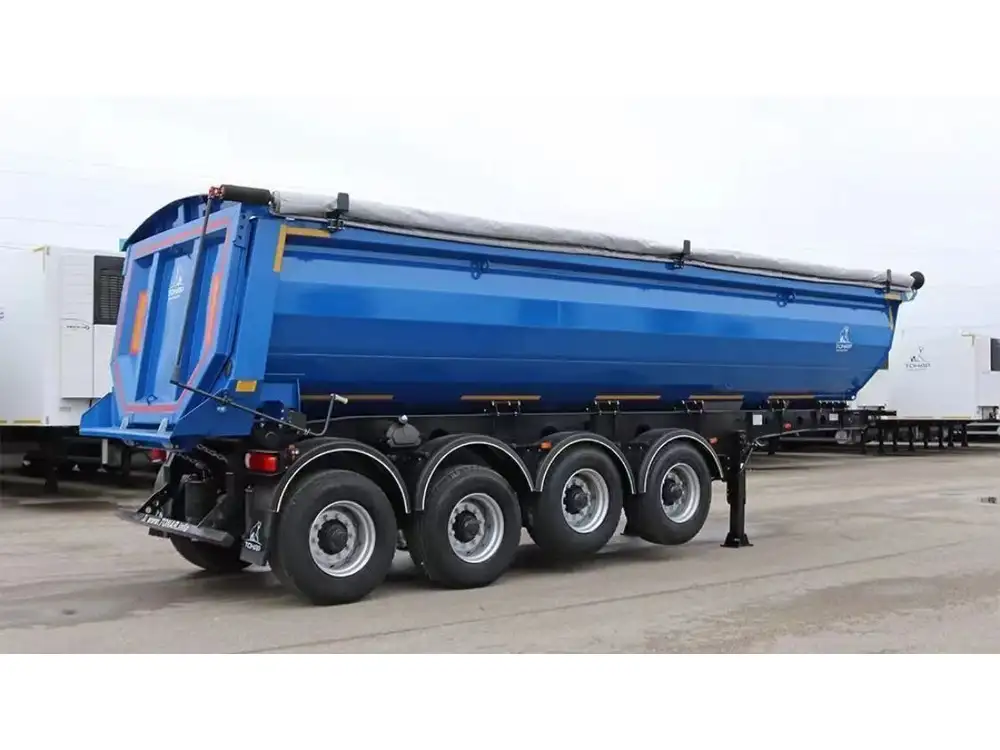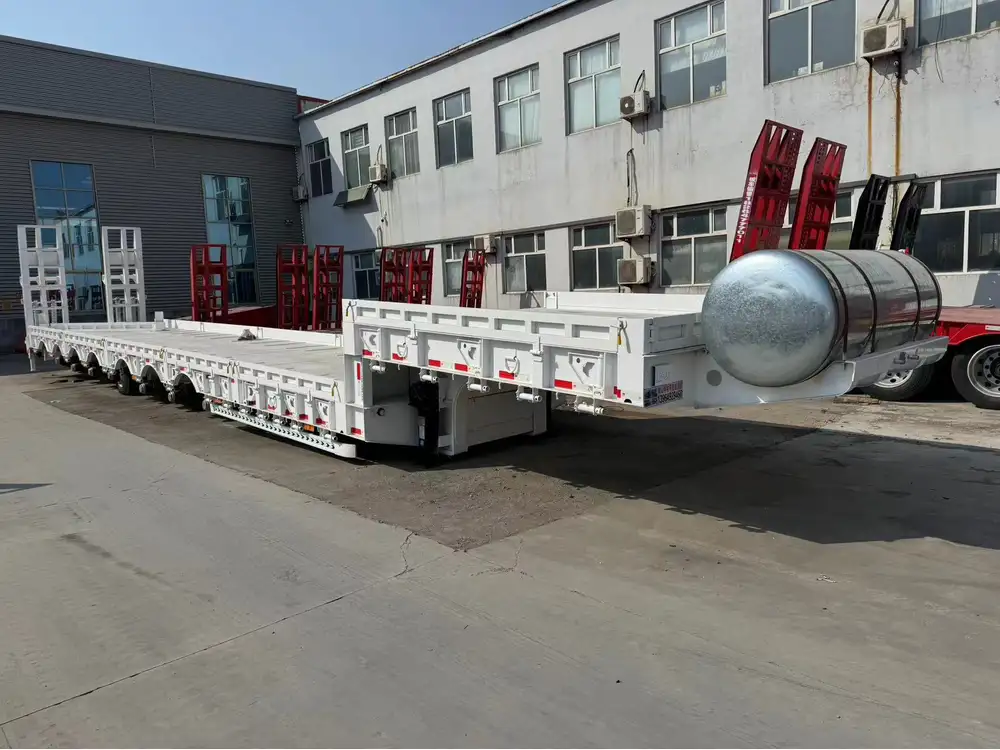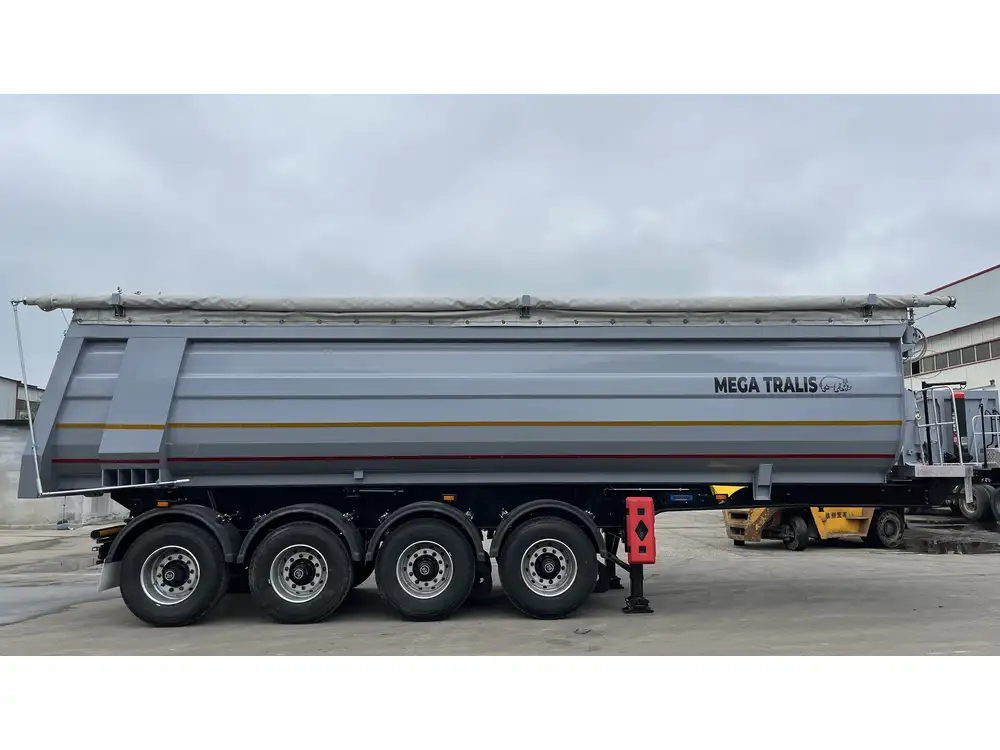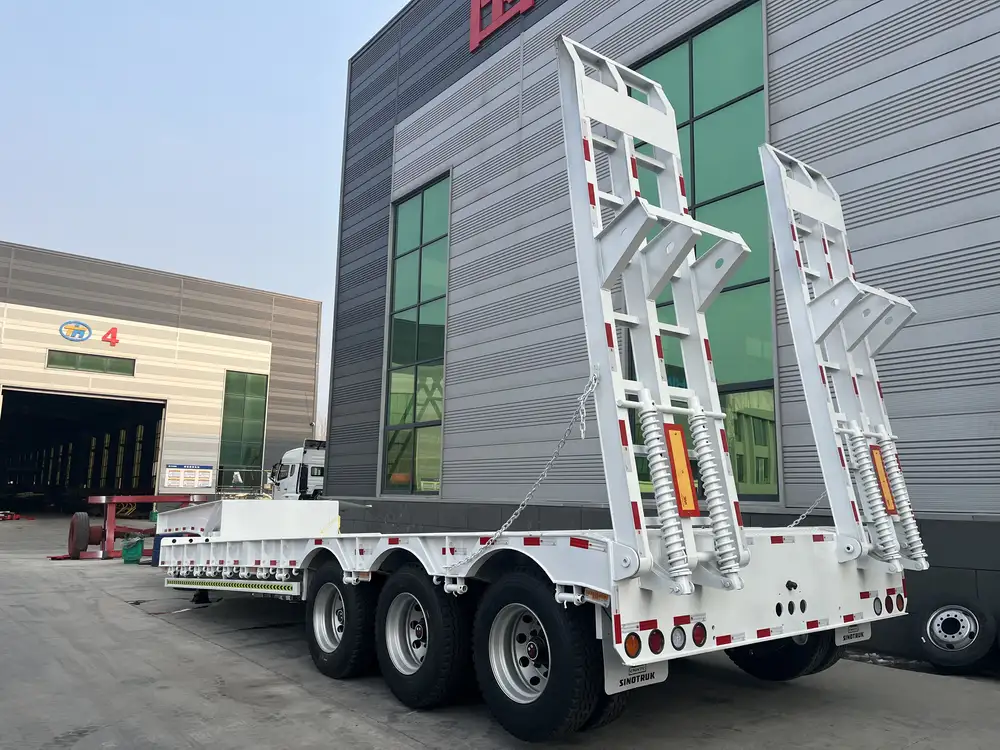When it comes to understanding the capabilities of a 5×8 dump trailer, especially in terms of its load-bearing capacity, several factors come into play. Whether you’re a seasoned contractor or a weekend warrior tackling DIY projects, knowing how much a 5×8 dump trailer can carry is crucial for efficient loading and transportation. In this guide, we delve into the nuances of load capacity, material types, and practical applications to ensure you optimize your trailer’s capability.
Understanding Dump Trailer Capacities
Dimensions and Capacity
The term “5×8” refers to the dimensions of the trailer bed: 5 feet wide and 8 feet long. This size makes it an ideal choice for smaller jobs. A standard 5×8 dump trailer tends to have a weight capacity measured in both cubic yards and pounds.
| Metric | Measurement |
|---|---|
| Length | 8 feet |
| Width | 5 feet |
| Depth | Approximately 2 feet (varies by model) |
| Volume Capacity | 2 to 2.5 cubic yards |
| Weight Capacity | Generally 2,000 to 3,000 pounds |

Types of Materials and Their Load Capacities
The weight that a 5×8 dump trailer can hold significantly diminishes depending upon the material loaded. Here’s a breakdown of common materials:
| Material | Estimated Weight per Cubic Yard | Approximate Load Capacity in a 5×8 Dump Trailer |
|---|---|---|
| Topsoil | 1,200 – 1,500 lbs | About 2,400 lbs |
| Gravel | 1,600 – 2,000 lbs | About 3,200 lbs |
| Sand | 2,000 – 2,700 lbs | About 4,500 lbs |
| Mulch | 800 – 1,200 lbs | About 1,600 lbs |
| Concrete (crushed) | 2,700 – 3,000 lbs | About 4,500 lbs |
Load Distribution and Safety Considerations
Importance of Proper Load Distribution
Distributing weight evenly across the trailer bed is integral for safe transportation. Consider these aspects:
- Center of Gravity: Keeping the load as low as possible helps maintain stability.
- Weight Distribution: Uneven loading can lead to trailer sway while driving.

Vehicle Compatibility
It’s vital to check the towing capacity of your vehicle. A 5×8 dump trailer requires a tow vehicle capable of safely handling at least the maximum load capacity, ideally with a higher rating to account for any additional weight from the cargo.
Practical Uses for a 5×8 Dump Trailer
Understanding how to utilize a 5×8 dump trailer efficiently enhances its value. Here’s a list of common applications:
- Landscaping: Transporting soil, mulch, and plants.
- Construction: Carrying gravel, cement, and demolition debris.
- Agricultural: Hauling feed or wood chips.
- Household: Moving bulk items during renovations or clean-up jobs.
Factors Influencing Load Capacity

Trailer Construction Material
The construction material of the dump trailer affects its overall capacity and durability. Common materials include:
- Steel: Known for its strength and longevity but may add weight.
- Aluminum: Lightweight and resistant to corrosion, it can provide a higher payload capacity but may not be as durable as steel.
Trailer Axle Configuration
The configuration of axles also plays a role in load capacity:
- Single Axle: Typically found in smaller dump trailers; lower load capacity.
- Tandem Axle: Better weight distribution and increased load capacity; more stable for heavier loads.
Legal Weight Limits

State-Specific Regulations
Each state has unique regulations regarding load limits:
- Authorization: Ensure that the combined weight of the trailer and its load does not exceed legal limits.
- Permits: For exceptionally heavy loads, acquiring necessary permits is crucial.
Importance of Weigh Stations
Regularly passing through weigh stations can help ensure compliance with state laws. Many states require trailers to be weighed to avoid penalties associated with overloading.
Maintenance for Optimal Performance

Regular Inspections
To maintain the functionality and safety of your 5×8 dump trailer, follow these maintenance tips:
- Tire Pressure: Maintain correct tire pressure for even weight distribution.
- Brakes: Regularly check and service trailer brakes for responsiveness.
- Hitch Mechanism: Inspect the hitch to ensure secure attachment to the tow vehicle.
Seasonal Maintenance Tips
Seasonal changes can affect a trailer’s functionality. Ensure proper care by:
- Winterizing: Protecting from rust and corrosion.
- Cleaning: Regularly removing debris and washing to maintain the trailer’s condition.
Comparing 5×8 Dump Trailers to Other Sizes
When selecting the appropriate dump trailer for your needs, it’s essential to understand how it stacks up against other sizes. The following table illustrates a comparison of the 5×8 size against more common dump trailer sizes.
| Trailer Size | Length | Width | Weight Capacity | Best Use |
|---|---|---|---|---|
| 5×8 | 8 ft | 5 ft | 2,000 – 3,000 lbs | Small to medium projects |
| 6×10 | 10 ft | 6 ft | 3,000 – 5,000 lbs | Medium to large projects |
| 7×14 | 14 ft | 7 ft | 5,000 – 7,000 lbs | Large construction jobs |
| 8×16 | 16 ft | 8 ft | 7,000 – 10,000 lbs | Commercial and industrial applications |
This comparative overview aids in making informed decisions based on specific project requirements.

Frequently Asked Questions (FAQs)
How do I calculate load capacity?
To calculate the load you can transport using a 5×8 dump trailer, multiply the cubic yard capacity by the estimated weight of the material you plan to carry.
Formula: Total Weight Capacity (lbs) = (Cubic Yards) x (Weight per Cubic Yard)
Are there any restrictions on the types of materials I can haul?
Most dump trailers can handle various materials; however, be cautious about hauling hazardous materials. Always refer to manufacturer guidelines for restrictions.

How can I extend the life of my dump trailer?
To extend the lifespan of your trailer:
- Regularly perform preventive maintenance.
- Avoid overloading beyond the allowable limit.
- Store it in a sheltered location to protect against environmental elements.
Can I modify my 5×8 dump trailer for increased capacity?
While modifications like adding a reinforced frame may seem appealing, consider that altering a trailer may void warranties and lead to safety issues. Always consult with professionals for advice on applicable modifications.
Conclusion
Knowing how much a 5×8 dump trailer can hold is essential for maximizing efficiency and ensuring safety during transportation. With its versatile applications, understanding the various factors that influence load capacity will empower you to make the most of your equipment. From material types and legal limits to practical uses and maintenance, a well-rounded grasp of these elements guarantees that your investments yield the best possible returns and productivity. By keeping informed, you’ll not only enhance your operational effectiveness but also establish a solid foundation for any project that requires transportation solutions.



